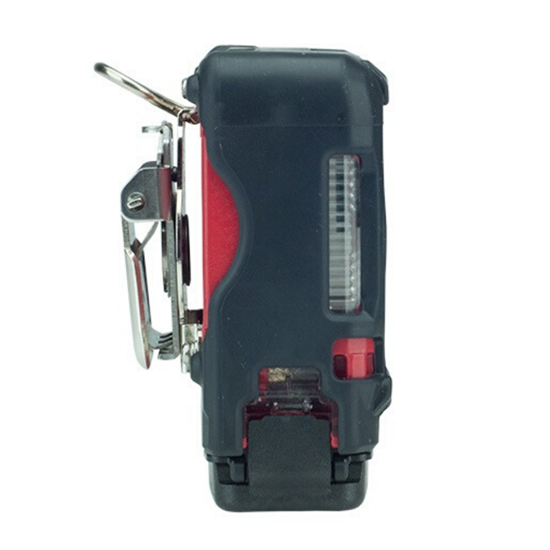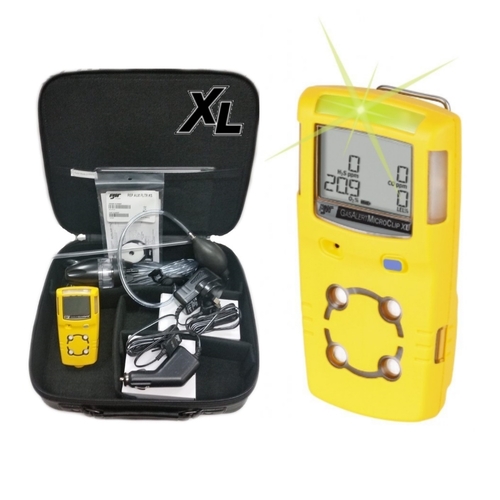


Oxygen sensors will alert for both oxygen-enriched and depleted environments. Let us know about your gas sensor requirements. Other sensors are currently under development to expand our line of available sensors. G7 with a Quad-gas Cartridge is a highly configurable four gas monitor that is compatible with a range of gas sensors including combustible gases, hydrogen sulfide, carbon monoxide and oxygen. Quad-gas cartridges turn G7 into a four gas monitor and are compatible with a selection of gas sensors. Blackline’s G7 connected gas detection system delivers an exclusive customizable, modular design, providing tailored comprehensive gas detection for every work scenario. G7 is a leading four gas monitorĪ four gas monitor is often a smart investment for many industries and applications. Further, incomplete combustion can generate carbon monoxide, an asphyxiating gas. Everyone requires oxygen, which can be displaced by other gases, causing a deficiency. Combustible gas sensors are a smart addition to locations where natural gas is present with H2S, addressing the detection of a potentially explosive atmosphere. Many businesses supplement monitoring of H2S with combustible gases, oxygen and carbon monoxide. For example, in the energy industry, sour gas presents a significant risk of hydrogen sulfide (H2S) exposure to workers.

Four gas monitors are typically configured with sensors to address each of these scenarios for a given worksite or scenario. Hazards posed by gases can be classified into three categories: toxic, asphyxiating and combustible. Why a four gas monitor versus a single gas detector? A four gas monitor provides comprehensive gas detection coverage for complex working environments when there is a risk of injury, illness or death from potentially toxic or explosive ambient gases.

Personal four gas monitors or detectors continuously evaluate a worker’s environment for multiple gas hazards.
#4 gas monitor in breathing zone portable
Portable gas detectors are often part of personal protective equipment (PPE) mandated by businesses and designed to keep personnel safe. When facing unknown environmental hazards invisible to the body’s senses, a gas detector is the first line of defense for worker safety.


 0 kommentar(er)
0 kommentar(er)
